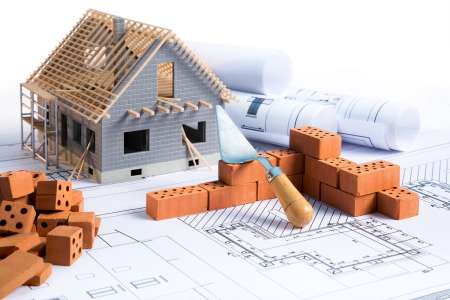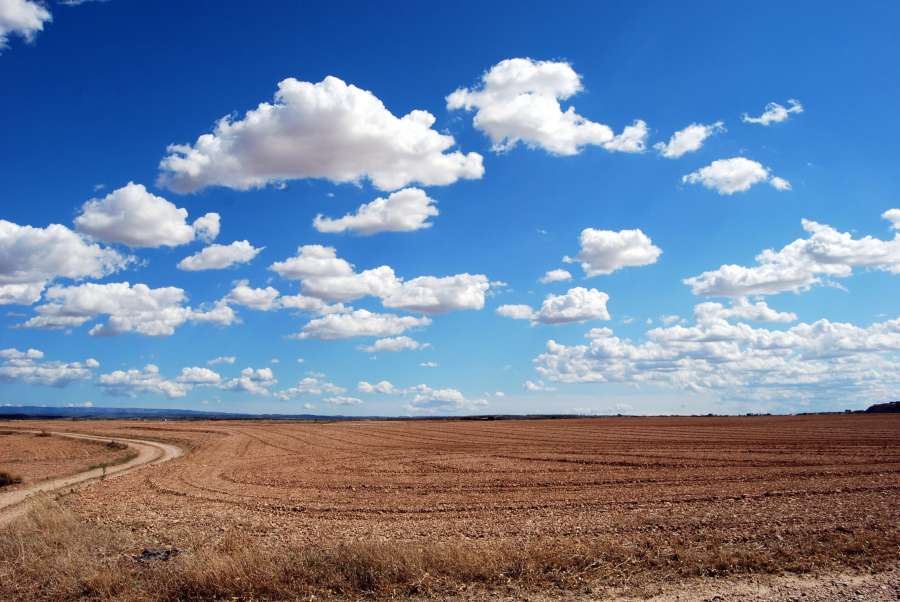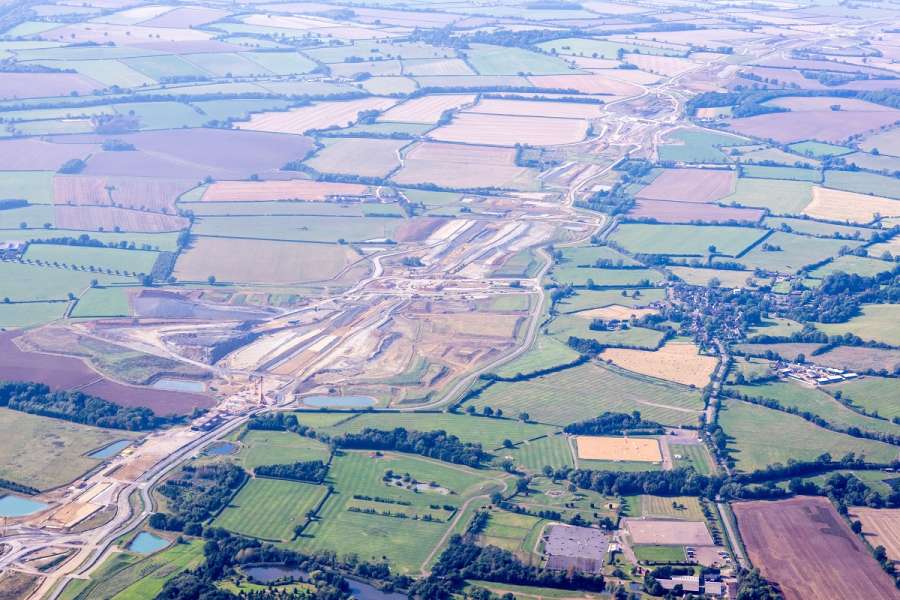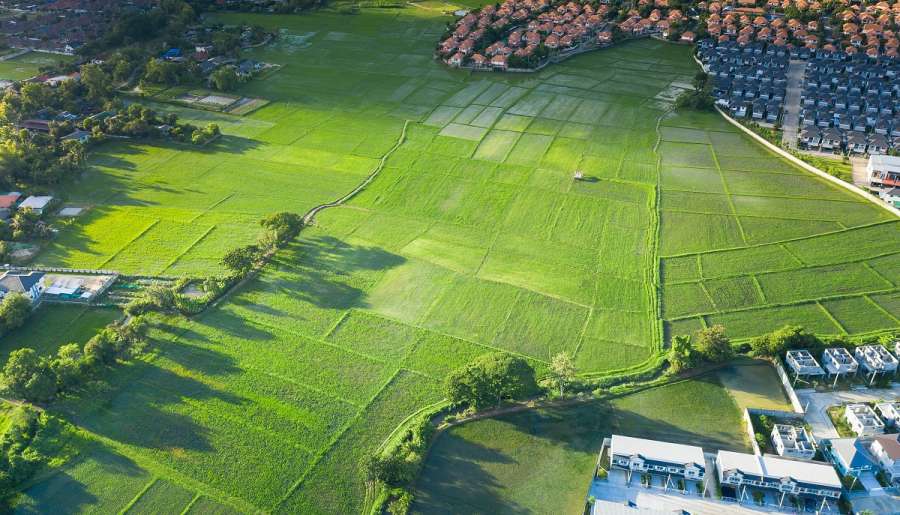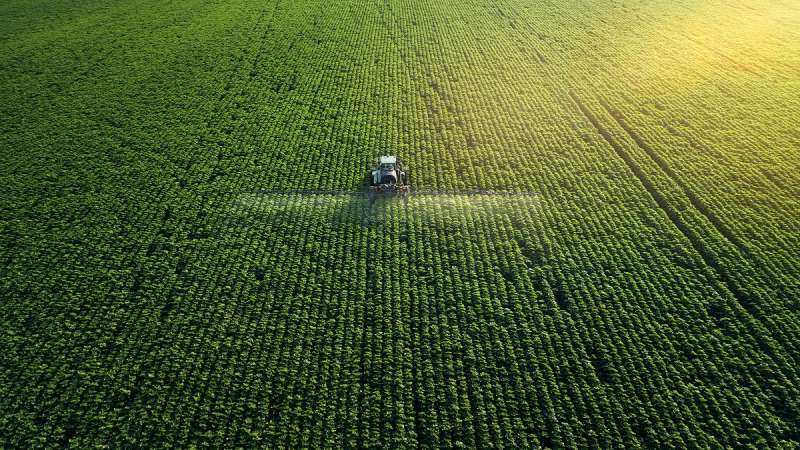Under the current rules, development on land designated as Green Belt is regarded as inappropriate and should only be granted planning permission where 'very special circumstances' exist.
The 'grey belt' is a concept introduced by Labour during the 2024 general election to identify poor-quality, underutilised sections within the Green Belt. Examples of land likely to be considered grey belts are car parks, petrol stations, caravan parks, campsites and quarries.
The Government has revised the NPPF definition based on consultation feedback to ensure clarity. The confirmed definition of grey belt land is:
"land in the Green Belt comprising previously developed land and/or any other land that, in either case, does not strongly contribute to any of purposes (a), (b) or (d) in paragraph 143. 'Grey belt' excludes land where policies relating to the areas or assets in footnote 7 (other than Green Belt) would provide a strong reason for refusing or restricting development".
The definition of grey belt land refers to land which does not "strongly contribute" to three of the five purposes of the Green Belt (referred to as paragraph 143 in the above definition).
These purposes are:
- to check the unrestricted sprawl of large built-up areas
- to prevent neighbouring towns from merging into one another
- to preserve the setting and special character of historic towns
The two other Green Belt purposes, to safeguard the countryside from encroachment and to assist in urban regeneration, have not been included as considerations.
Footnote 7, referred to in the definition of 'grey belt', includes designations for environmental protection, such as habitat sites, SSSIs, AONBs, and National Parks. Areas at risk of flooding or coastal change are also excluded.
The revised NPPF adds guidance on where building homes or other developments on Green Belt land could be considered appropriate.
The guidance includes four criteria which would need to be met for development to be considered appropriate:
- The development would utilise grey belt land and not fundamentally undermine the purpose of the remaining Green Belt in the area;
- There is a demonstrable unmet need for the type of development proposed;
- The development would be in a sustainable location;
- Where the development meets the 'Golden Rules' (see below).
